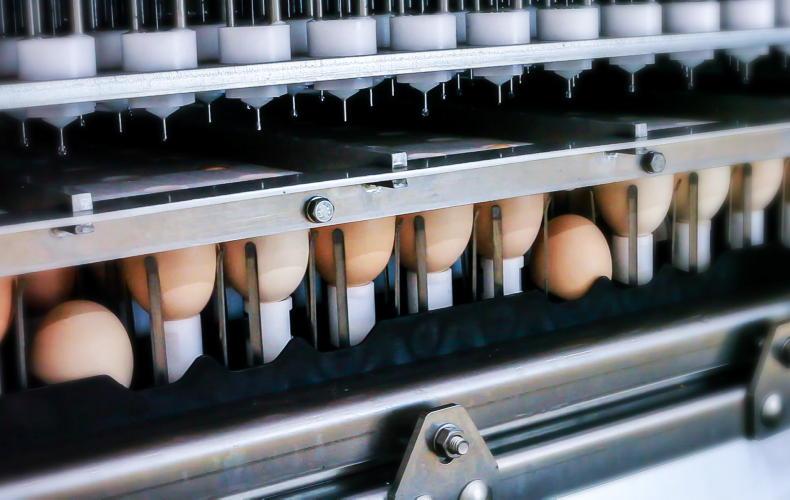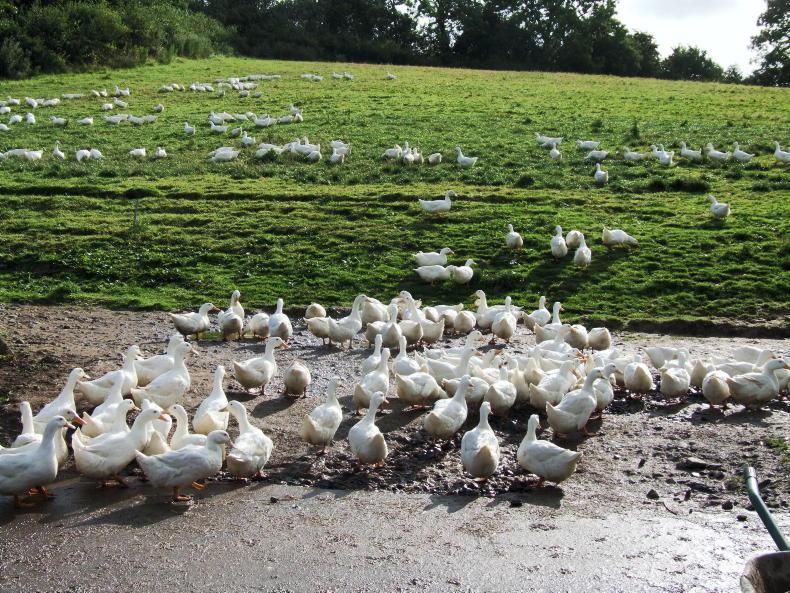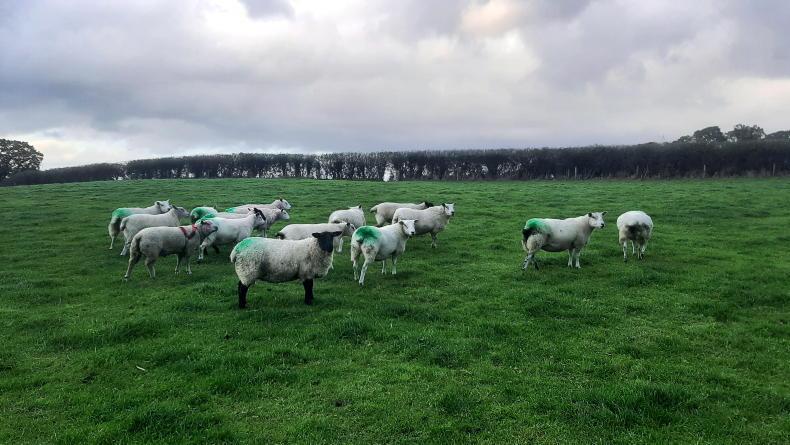Egg farmers should be aware of the divergence between Government and retailer emissions plans, a Teagasc egg laying conference in Cootehill, Co Cavan heard on Thursday.
Trouw Nutrition’s Jim Uprichard drew poultry farmers’ attention to the difference between Government policy focused on cutting carbon emitted in Ireland and retailers’ carbon footprinting.
Retailers account for all carbon associated with producing eggs, even that which is “embedded” and imported, such as in feed grown overseas.
“It’s important to reference the fact that there is a difference between what the Government wants and what retailers are expecting,” Uprichard said.
“The Government is particularly concerned with what it calls the national emissions inventory.
“That is the greenhouse gas emissions produced on your farm or produced in agriculture in Ireland.”
Feed accounts for 80% of the carbon footprint of a typical Irish egg, while on-farm emissions only account for 20%.
“At least 40% of most poultry diets has land use change carbon in it naturally because of some of the raw materials we are having to use. It’s just the raw materials we have in the system and I am not suggesting that those will immediately change,” the nutritionist stated.
“But, by 2025, Government regulations will mean that we are not allowed to bring soya from deforested land into the country or into anywhere in Europe.”
Uprichard explained that any lowering in the carbon footprint of eggs after the deforested feed import ban will mean progress on retailers’ target, but will not lead to progress in meeting Government’s climate targets, which are based off the national emissions inventory.
He estimated that egg laying units could more than halve their current average carbon footprint of 4kg CO2 emissions for every 1kg of egg output.
“In terms of egg production, in terms of managing feed, managing our farming systems, we can probably get from 4kg to 1.75kg. That’s a realistic figure to get to.
“The next 1.75kg is all about offsetting.”
However, he added that the levels of carbon offsetting which are achievable for poultry farmers are lower than many may think, as every 1ha of mature forestry will only offset the emissions of around 155 hens.
On-farm action
Some of the on-farm measures egg layers may take into reduce emissions are extended laying and improving flock health to dilute a bird’s carbon over more eggs, Uprichard said.
“What can egg producers do themselves to reduce their carbon footprint, even though it’s only a small part of the total? We have already talked about extended laying.
“Having birds longer in flocks will reduce the overall carbon footprint because the same bird is laying more eggs,” he explained.
“Now that doesn’t happen overnight. The genetics are now there and I do think we can move to the 80- to 85-week bird, possibly on browns, definitely on whites.”
Most poultry farmers source their energy from the national grid which gets around 40% of its supplies from renewable sources. On-farm solar panels could further reduce carbon emitted by producing eggs, the meeting heard.









SHARING OPTIONS